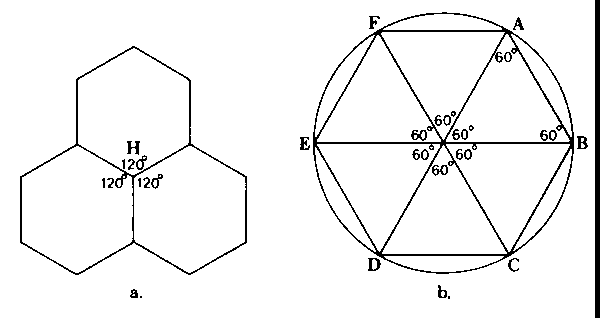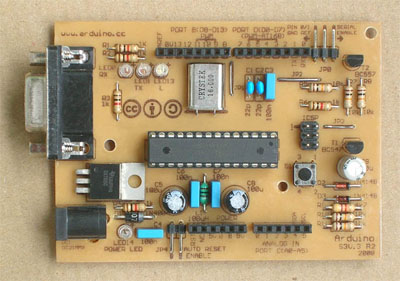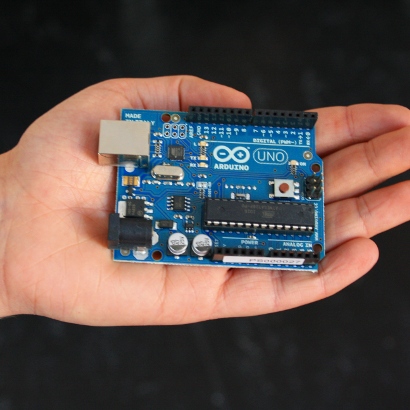Look at this small creature and its tiny legs...

Most of us gets freaked out when they see it buzzing around looking for food. But have we ever realized that how good is this little creature in architectural engineering?
Look yourself!! -->
Can you see small HEXAGONAL compartments filled with honey?
There hundreds of them, just take a minute and admire this beautiful creature and its perfection...
How many of us can even draw a perfect Hexagon with such perfection!? We are definitely going to use a whole set of geometric apparatus.
Have a look how a Hexagon can be plotted.
Difficult isn't it? These bees work together with coordination like robots and end up with this. Do they learn this or are just pre - programmed to do it, like new born babies just know how to suckle!

Most of us gets freaked out when they see it buzzing around looking for food. But have we ever realized that how good is this little creature in architectural engineering?
Look yourself!! -->
Can you see small HEXAGONAL compartments filled with honey?
There hundreds of them, just take a minute and admire this beautiful creature and its perfection...
How many of us can even draw a perfect Hexagon with such perfection!? We are definitely going to use a whole set of geometric apparatus.
Have a look how a Hexagon can be plotted.
Difficult isn't it? These bees work together with coordination like robots and end up with this. Do they learn this or are just pre - programmed to do it, like new born babies just know how to suckle!











